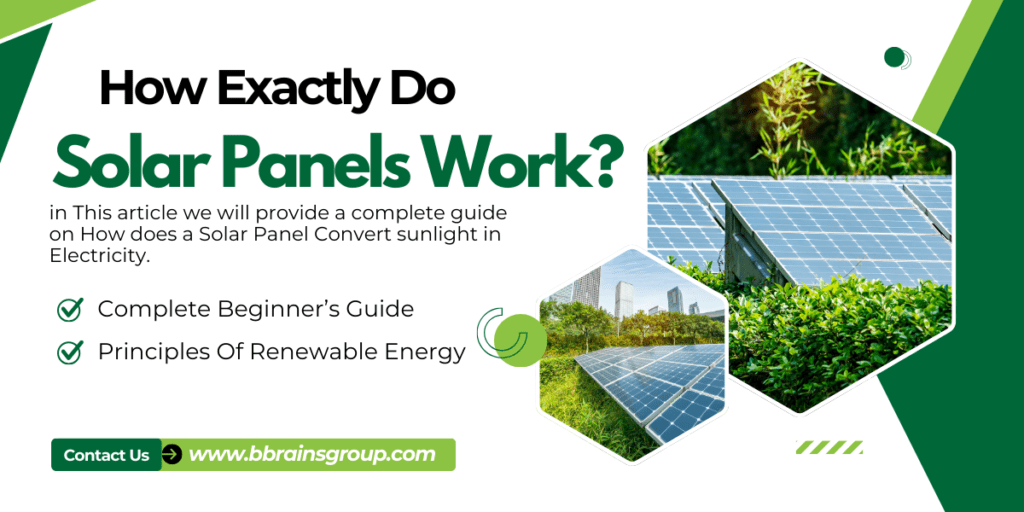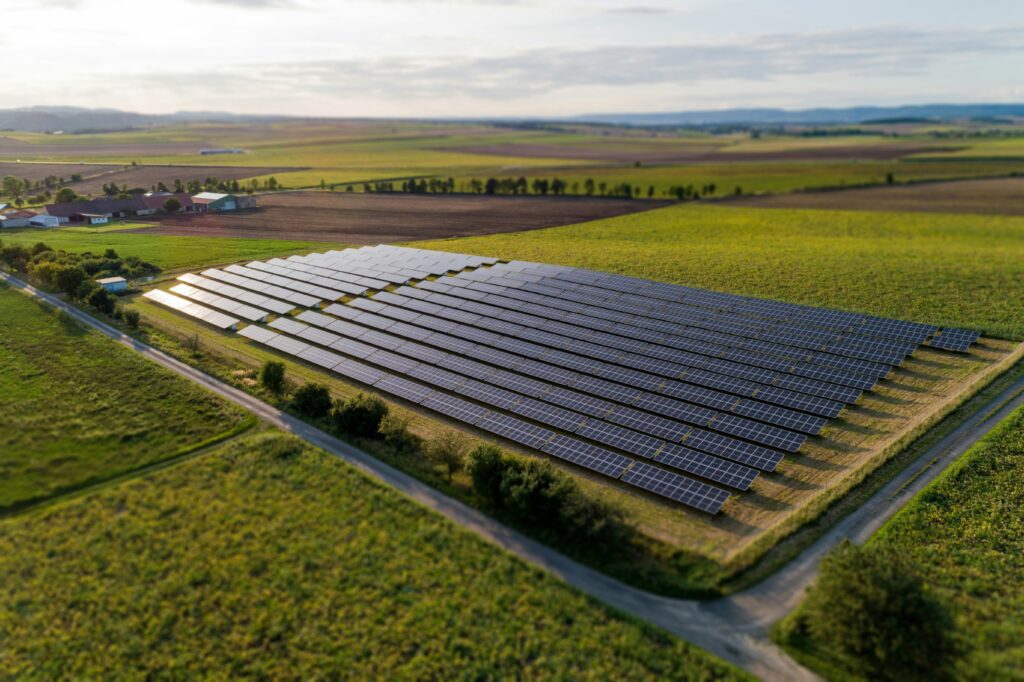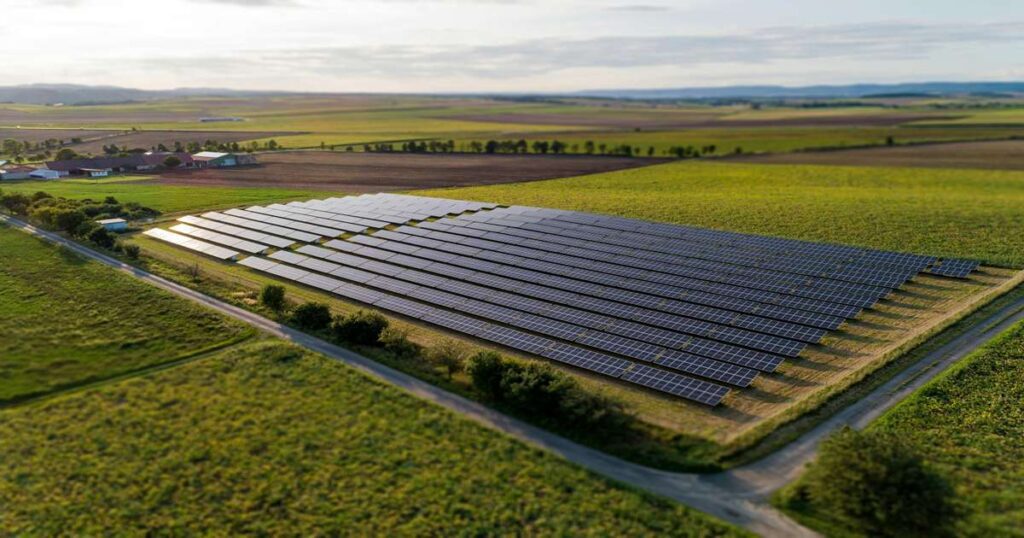Decoding the Brilliance: How Solar Panels Convert Heat into Electricity in 2024
Solar panels are an incredible invention that helps us turn sunlight into electricity. This amazing technology allows us to harness the power of the sun and use it to power our homes, businesses, and even cars. With more people becoming aware of the importance of renewable energy, understanding how solar panels work has never been more important.

In this guide, we will explore everything you need to know about solar panels. We will start by explaining what solar panels are, and then dive into how they work, the different types available, and the key components of a solar panel system. By the end of this article, you will have a clear understanding of how solar panels can benefit you and the environment.
Table of Contents
What is a Solar Panel?
Definition
A solar panel is a device that converts sunlight into electricity. It’s made up of many small units called photovoltaic (PV) cells. These cells capture sunlight and transform it into electrical energy that can power homes, businesses, and other electronic devices.
Brief History
The idea of making electricity from sunlight started a long time ago, in the 1800s. Back then, scientists found out that light could create electricity, which they called the photovoltaic effect. This was an exciting discovery, but it wasn’t useful for everyday life yet.
In the 1950s, things changed. New technology made it possible to create solar panels that people could actually use. These panels became more efficient and cheaper to make. Now, you can see solar panels on many rooftops and in big solar farms, helping us use the sun’s energy in a way that’s good for both people and the planet.
Why Solar Panels?
Benefits of Solar Panels
Solar panels offer numerous benefits that make them a popular choice for generating electricity. First and foremost, they use sunlight, a renewable and abundant resource, which means we can produce electricity without depleting natural resources. This helps reduce our reliance on fossil fuels like coal and oil, which are limited and contribute to pollution and climate change.

Additionally, solar panels produce clean energy. Unlike traditional power plants, they don’t release harmful pollutants or greenhouse gases into the atmosphere. This makes solar energy a much cleaner option that helps protect the environment and public health.
Solar panels can also save you money on your electricity bills. Once installed, they generate free electricity from the sun, reducing or even eliminating your monthly energy costs. In many places, you can also sell any excess electricity your panels produce back to the grid, earning you money or credits on your bill.
Energy Independence
Using solar panels can increase your energy independence. By generating your own electricity, you’re less dependent on the grid and less vulnerable to power outages or price hikes. This is especially beneficial in areas with unreliable power supplies or high electricity costs.
Now, let’s move on to how solar panels work.
How Do Solar Panels Work?
Basic Principles
Solar panels capture sunlight and turn it into electricity. This process relies on the photovoltaic effect. When sunlight hits the solar panel, it is made up of tiny particles called photons. These photons knock electrons loose from atoms, which creates a flow of electricity. This is how solar panels turn sunlight into electric power that we can use in our homes and businesses.
Photovoltaic Cells
Photovoltaic cells, or PV cells, are the heart of a solar panel. Each panel is made up of many PV cells working together. These cells are typically made from silicon, a material that can absorb sunlight and convert it into electricity.
When sunlight hits a PV cell, it causes a reaction that frees electrons from the silicon atoms. These free electrons move around, creating an electric current. This current flows through wires in the solar panel and can be used immediately or stored in batteries for later use.
PV cells are arranged in a grid pattern on the solar panel’s surface. The more cells there are, the more sunlight the panel can capture, and the more electricity it can produce. This is why larger solar panels or arrays of panels are used to generate more power.
In summary, solar panels work by using PV cells to capture sunlight and turn it into electricity. This electricity can power anything from small devices to entire homes, making solar energy a clean and renewable source of power.
Types of Solar Panels
Monocrystalline
Monocrystalline solar panels are made from single-crystal silicon. They are known for their efficiency and sleek black appearance. These panels perform well in low-light conditions and have a longer lifespan compared to other types.
Polycrystalline
Polycrystalline solar panels are made from silicon crystals that are melted together. They are less expensive to produce than monocrystalline panels but are slightly less efficient. They typically have a blue hue and are a popular choice for residential installations.
Thin-Film
Thin-film solar panels are made by depositing thin layers of photovoltaic material onto a substrate, such as glass or metal. They are lightweight, flexible, and easier to install on irregular surfaces. However, they are less efficient than crystalline silicon panels and degrade faster over time.
Components of a Solar Panel System
Solar Cells
Solar cells are the individual units inside a solar panel that convert sunlight into electricity. They are typically made of silicon and generate direct current (DC) electricity when exposed to sunlight.
Solar Inverter
A solar inverter converts the DC electricity produced by solar panels into alternating current (AC) electricity, which is used in most household appliances and the electrical grid.
Mounting Structure
The mounting structure holds the solar panels in place and ensures they are positioned at the optimal angle to capture sunlight. It can be fixed, adjustable, or tracking depending on the installation site and energy needs.

Charge Controller (Optional)
A charge controller regulates the voltage and current from solar panels to charge batteries efficiently in off-grid or hybrid solar systems. It prevents overcharging and extends battery life.
Battery Storage (Optional)
Battery storage systems store excess electricity generated by solar panels for later use, such as during nighttime or when there is limited sunlight. They provide backup power and increase energy independence.
Conclusion
Solar panels are a remarkable technology that allows us to harness the sun’s energy to generate clean electricity. Understanding how solar panels work and the different types available can help individuals and businesses make informed decisions about adopting solar energy solutions. Whether you’re looking to reduce your carbon footprint, save on energy costs, or achieve greater energy independence, solar panels offer a sustainable and reliable alternative to traditional energy sources.
If ou have any doubts or queries, Feel Free to Contact Us On Our LinkedIn Page!
FAQs About Solar Panels
Do solar panels work on cloudy days?
Yes, solar panels can still generate electricity on cloudy days, although they are most efficient in direct sunlight.
How long do solar panels last?
Most solar panels come with warranties ranging from 25 to 30 years, but they can continue to generate electricity for much longer.
Are solar panels expensive to maintain?
Solar panels generally require minimal maintenance. Regular cleaning and occasional inspection are usually sufficient to ensure optimal performance.
Can solar panels work at night?
Solar panels do not generate electricity at night since they require sunlight to produce power. Battery storage systems can store excess energy for nighttime use.
Are there incentives or rebates for installing solar panels?
Many governments and utility companies offer incentives, tax credits, or rebates to encourage the installation of solar panels, making them more affordable for homeowners and businesses.
FAQ:
How do solar panels work?
Solar panels convert sunlight into electricity through photovoltaic cells, generating direct current (DC) electricity that can be used or converted to alternating current (AC) for household use.
Are solar panels efficient?
Solar panel efficiency varies by type and manufacturer but generally ranges from 15% to 22%. Higher efficiency panels can generate more electricity per square meter of installation.
Do solar panels work on cloudy days?
Yes, solar panels can still produce electricity on cloudy days, although their output is reduced compared to sunny days.
What is the lifespan of solar panels?
Most solar panels come with warranties of 25 to 30 years. They typically continue to produce electricity well beyond their warranty period, albeit possibly at a slightly reduced efficiency.
Are solar panels maintenance-free?
Solar panels require minimal maintenance. Regular cleaning to remove dirt and debris and occasional inspection of connections are usually sufficient.
Can solar panels work without sunlight?
Solar panels require sunlight to generate electricity. However, battery storage systems can store excess electricity generated during sunny periods for use at night or during cloudy days.
Do solar panels increase home value? Yes, studies show that homes with solar panels typically have higher property values and may sell faster than homes without solar installations.
Are there tax incentives for installing solar panels?
Many governments offer tax credits, rebates, or other financial incentives to encourage the adoption of solar energy. These incentives can significantly reduce the upfront cost of installing solar panels.
What factors should I consider before installing solar panels?
Factors to consider include your location’s solar potential, available roof space, local regulations and permits, upfront costs versus long-term savings, and the reputation of solar panel installers.
Can solar panels power my entire home? The capacity of a solar panel system to power your entire home depends on factors such as your energy consumption, the size of the solar installation, and whether you use additional energy storage solutions like batteries.
One Response